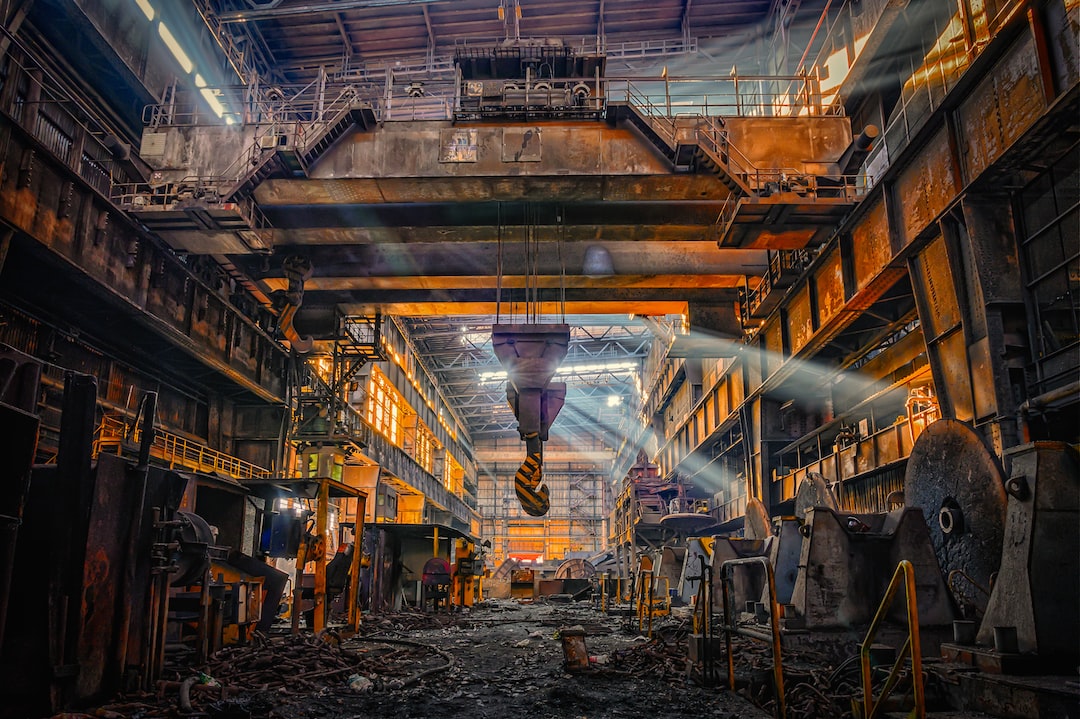Manufacturing has evolved significantly over the years with the introduction of new technologies and automation. The future of manufacturing looks promising with the advancements in technology and the integration of artificial intelligence and robotics in the manufacturing processes. In this article, we will explore some predictions and trends for the future of manufacturing.
One of the major trends in manufacturing is the use of 3D printing. 3D printing is likely to revolutionize the manufacturing industry in the years to come. With 3D printing, manufacturers can produce complex designs and prototypes that traditional manufacturing processes would fail to capture. The technology is already being used to develop prosthetics, personalized medical devices, and electronic devices. Additionally, the integration of 3D printing in the production process results in lower material wastage, less energy consumption, and faster production times.
Another trend that is shaping the future of manufacturing is machine learning and artificial intelligence. Machine learning algorithms make it possible for manufacturers to analyze manufacturing data more efficiently and intelligently. It allows machines to make autonomous decisions when it comes to identifying faults, predicting maintenance needs, and scheduling downtime. This reduces the risk of machine failure and improves the efficacy of the manufacturing process.
Internet of Things (IoT) technology is also transforming the manufacturing industry. By connecting machines and devices, IoT technology facilitates the seamless transfer of data and communication between machines, ultimately improving the efficiency of manufacturing operations. Through the use of sensors and other connected devices, manufacturers can monitor equipment performance and detect faults before they cause disruptions.
Autonomous robots are another significant trend in manufacturing. These robots can operate and perform tasks without human intervention, reducing the risk of injury and allowing humans to focus on more high-level tasks. They can sort, assemble, and package goods with a higher level of accuracy and speed than their human counterparts.
With the rise in e-commerce, manufacturers are rethinking their supply chain strategies. Just-in-time manufacturing has become more popular, where products are produced exactly when needed, minimizing inventory costs and excess production. This approach requires manufacturers to have better visibility into raw material availability and transportation.
Finally, sustainability is a trend that will continue to play a significant role in manufacturing in the coming years. Consumers are becoming increasingly environmentally conscious, and companies are under pressure to take a more sustainable approach to manufacturing. Sustainable manufacturing practices such as using recycled materials, reducing waste, conserving energy, and implementing sustainable packaging solutions will become more prevalent as companies strive to be eco-friendly and socially responsible.
In conclusion, the manufacturing industry is evolving at a fast pace, and with new technologies, there is a lot to look forward to. The future of manufacturing will be defined by an integration of technology, the adoption of sustainable practices, and a focus on efficiency and productivity. Manufacturers who are willing and able to embrace these changes will be well-positioned to lead the industry into the future.

